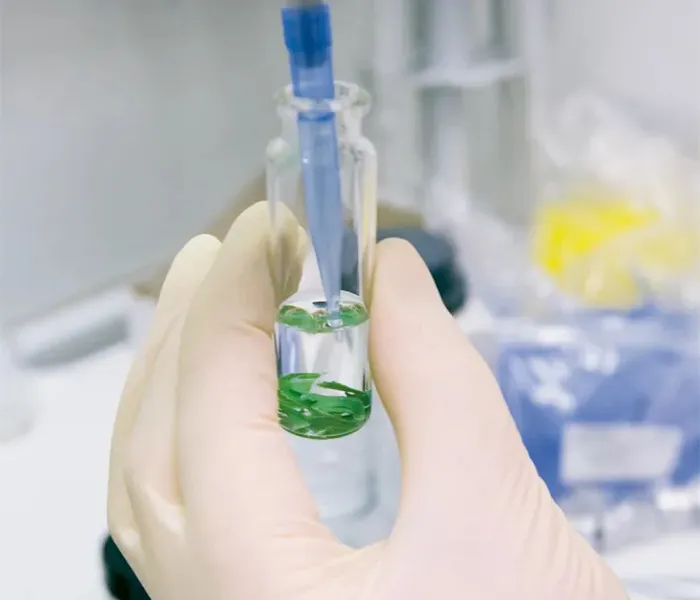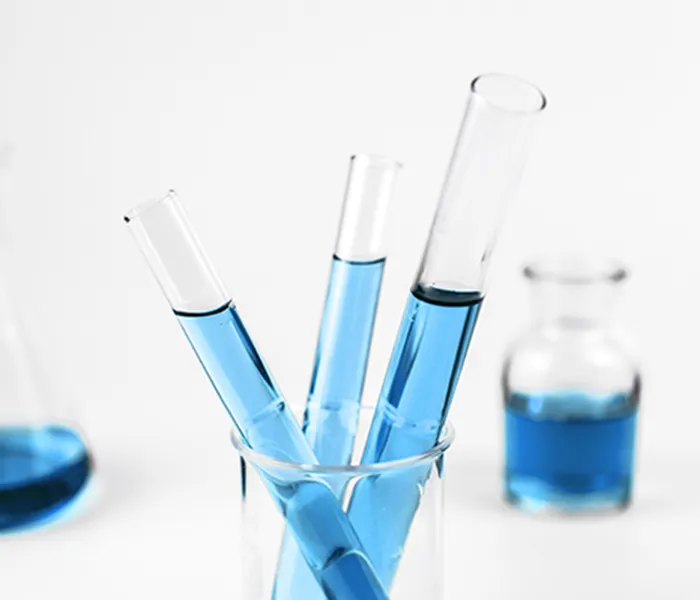Organosilanes are organic compounds containing carbon-silicon (C-Si) bonds. They are widely used in different industries due to their unique performance and versatility. Understanding the structure of organosilanes is critical to understanding their composition and exploring their many applications.
Composition of organosilanes:
The structure of organosilanes consists of a central silicon atom bonded to an organic group. These organic groups can be varied, resulting in a variety of organosilane compounds with different chemical and physical properties. Common organic groups include alkyl, aryl, vinyl, and epoxy functional groups. The choice of these groups determines the properties of the organosilane and its suitability for a particular application.
Structure and bonding of organosilanes:
The carbon-silicon (C-Si) bond in organosilanes is a covalent bond, with silicon atoms sharing electrons with carbon atoms. This bonding imparts stability to the compound, while the organic group contributes to its reactivity and functionality. The presence of Si-C bonds makes organosilanes resistant to oxidation and degradation, providing durability in various environments.
Applications of organosilanes:
Adhesion Promoters: Organosilanes are commonly used as adhesion promoters in the production of coatings, adhesives, and sealants. They enhance the bond between dissimilar materials, improving the overall performance and longevity of the product.
Surface modification: Organosilanes are used for surface modification in industries such as electronics, textiles and construction. They can change the surface properties of a material, making it hydrophobic, oleophobic or enhancing its conductivity.
Coupling Agents: Organosilanes act as coupling agents in the manufacture of composites and reinforcements. They promote the bonding between organic polymers and inorganic fillers, increasing the mechanical strength and stability of the final product.
Catalysts and Intermediates: Organosilanes are used as catalysts and intermediates in various chemical reactions. They can initiate or accelerate reactions and play an important role in the synthesis of pharmaceuticals, agrochemicals and specialty chemicals.
Surface Protection: Organosilanes are used as surface protectants to provide resistance to corrosion, moisture and UV degradation. They can be used in paints, coatings and sealants to increase the durability and longevity of surfaces.
Safety Instructions:
Although organosilanes have a variety of applications, they must be handled with care due to their potential hazards. When working with these chemicals, appropriate ventilation, protective clothing, and equipment should be used to minimize the risk of exposure. Additionally, adhering to proper storage and disposal procedures is essential to ensure safety and environmental protection.
In summary, the structure of organosilanes consists of a central silicon atom covalently bonded to different organic groups. This complex structure gives organosilanes unique properties and a wide range of applications. As a leader in the organosilane industry, Coberry is committed to R&D, innovation and providing high-quality organosilane products, helping all walks of life achieve more efficient results. Whether in terms of adhesion promoters, surface modifiers or catalysts, Corberry continues to explore and apply organosilane technology to provide excellent solutions to customers around the world.
In the future, we can look forward to Coberry’s continued innovation in the field of organosilanes and bringing more cutting-edge applications and technological breakthroughs to various industries.






